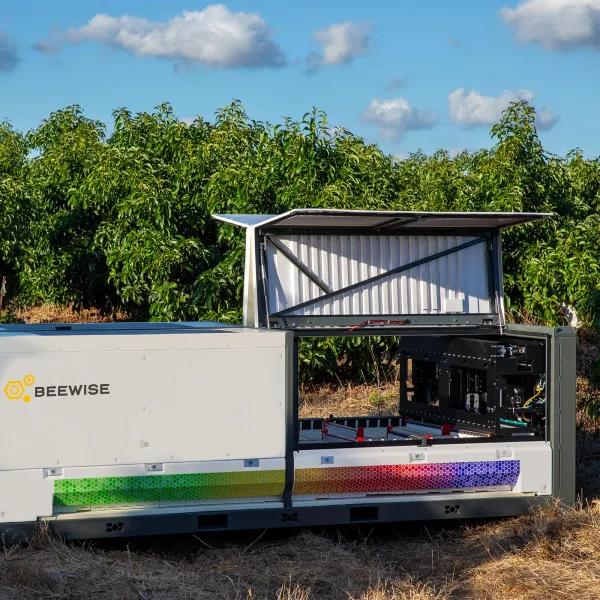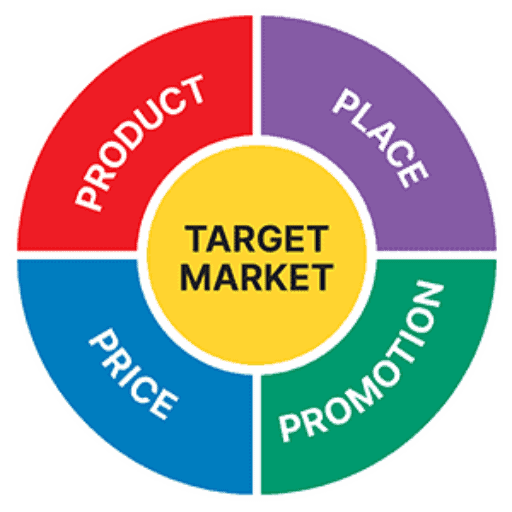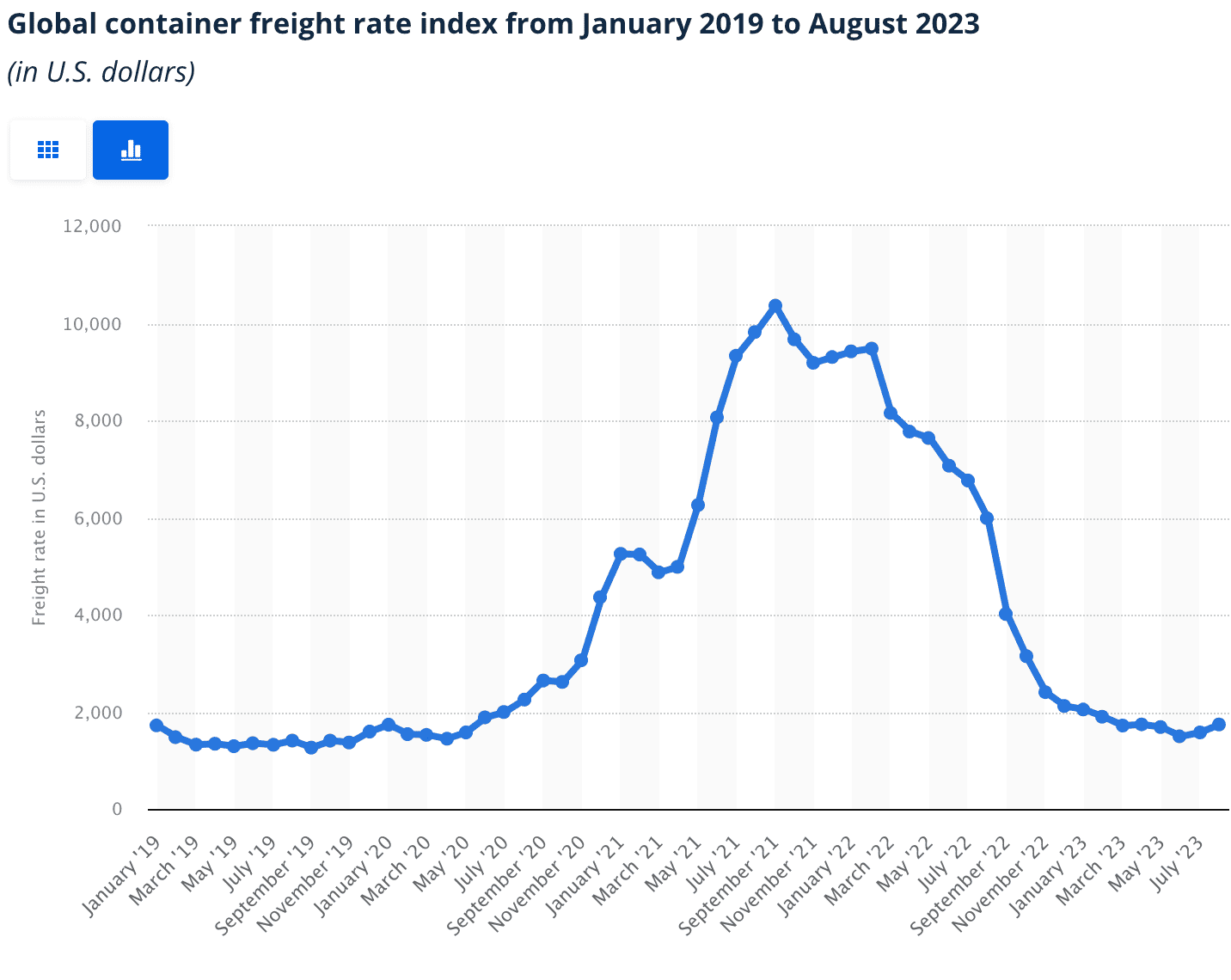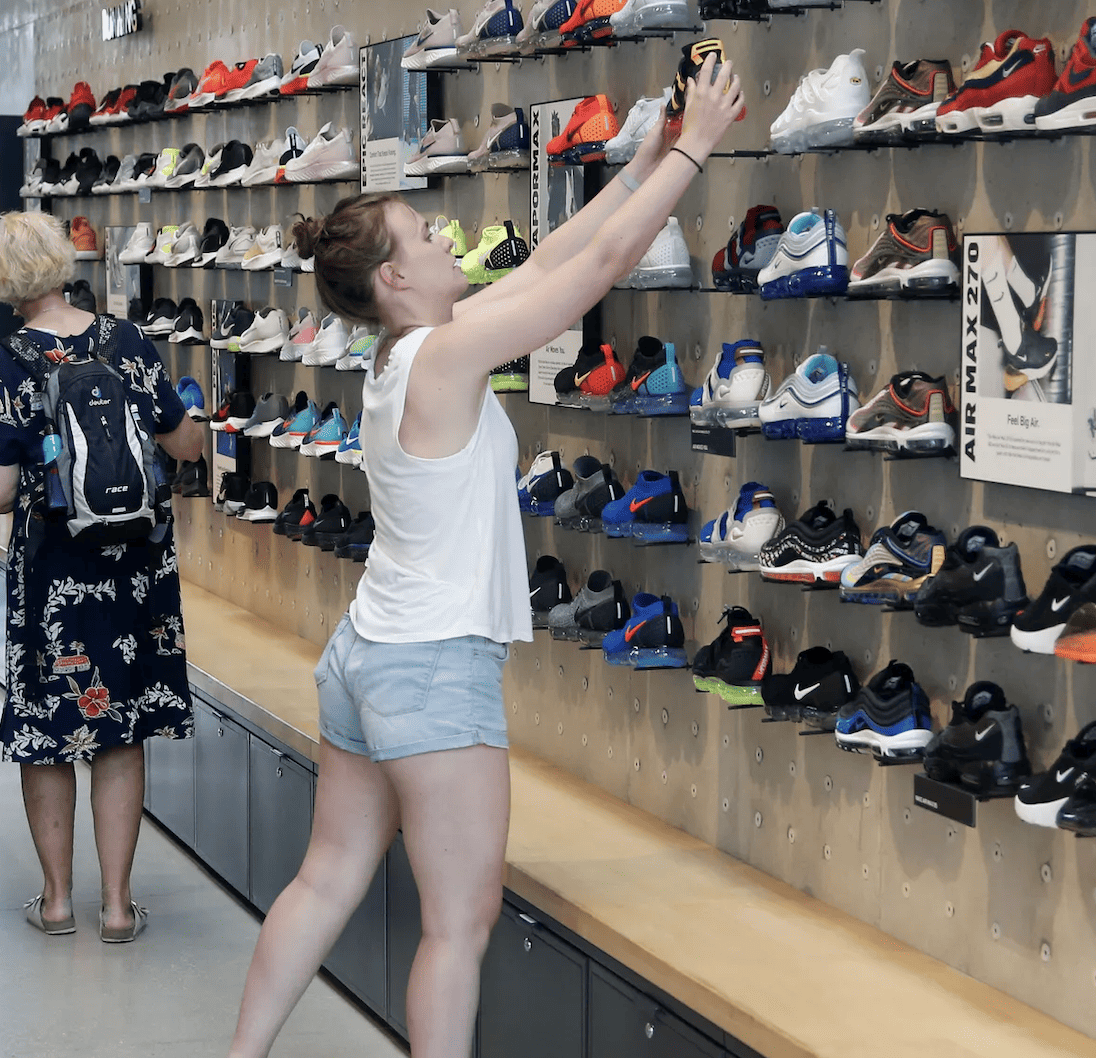Case Study: Liquid Death and the Power of Branding
While there are many examples of powerful brands, Liquid Death is powerful, timely, and relevant to the young adults most of us are teaching. The…

While there are many examples of powerful brands, Liquid Death is powerful, timely, and relevant to the young adults most of us are teaching. The…

The U.S. Food and Drug Administration (FDA) has authorized Florida to import medications from Canada, marking a significant policy shift in the United States. This…

Are you searching for some fun new examples to use in class? Innovation and new products are an important outcome of good marketing. The Time…

This post summarizes a video (embedded below and linked here) from the Wall Street Journal ‘s “The Economics of” series. This post summarizes the video…

The meal kit industry is challenging. Since building this market in the late 2010s, Blue Apron has struggled to be profitable and was recently sold….

You may recall that container shipping rates skyrocketed during the pandemic. Rates jumped by a factor of 5-10x depending on the source of numbers. This…

This recent Wall Street Journal article, “Nike Broke Up With Retailers. Now It’s Trying to Win Them Back,” (June 10, 2023, non-subscribers may be able…

After years of generous and easy return policies, “Retailers Clamp Down on Returns,” (Wall Street Journal, subscription required, May 23, 2023). The bottom line –…

This short (9 minute) Planet Money podcast titled “Full (ware)house” covers some interesting trends in the warehouse space. One current situation is that in spite…